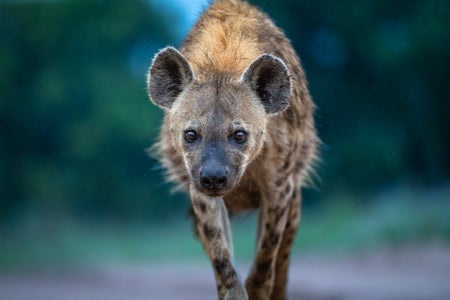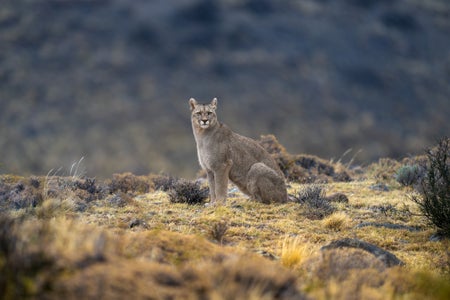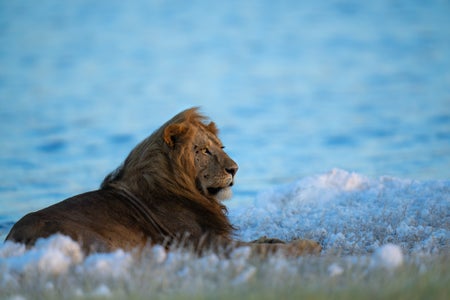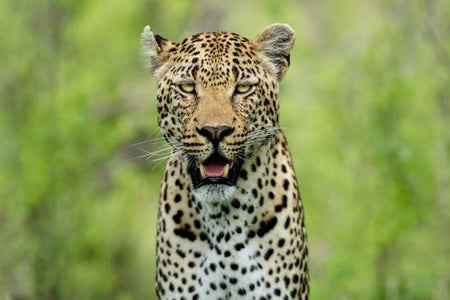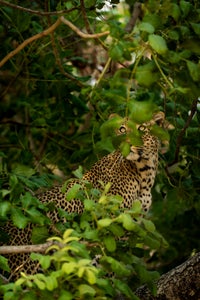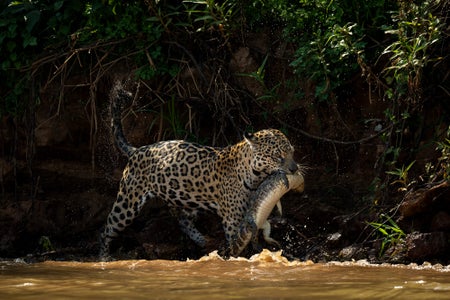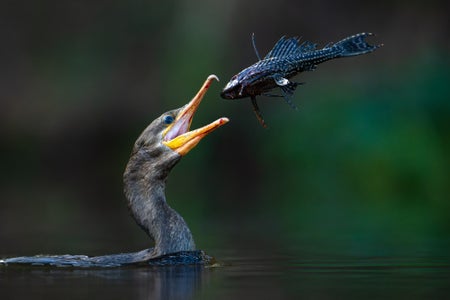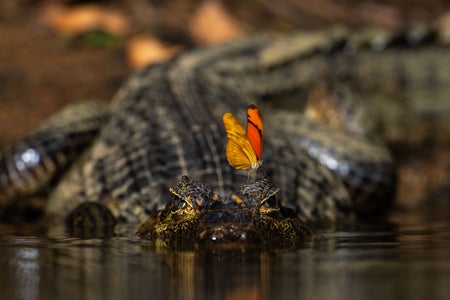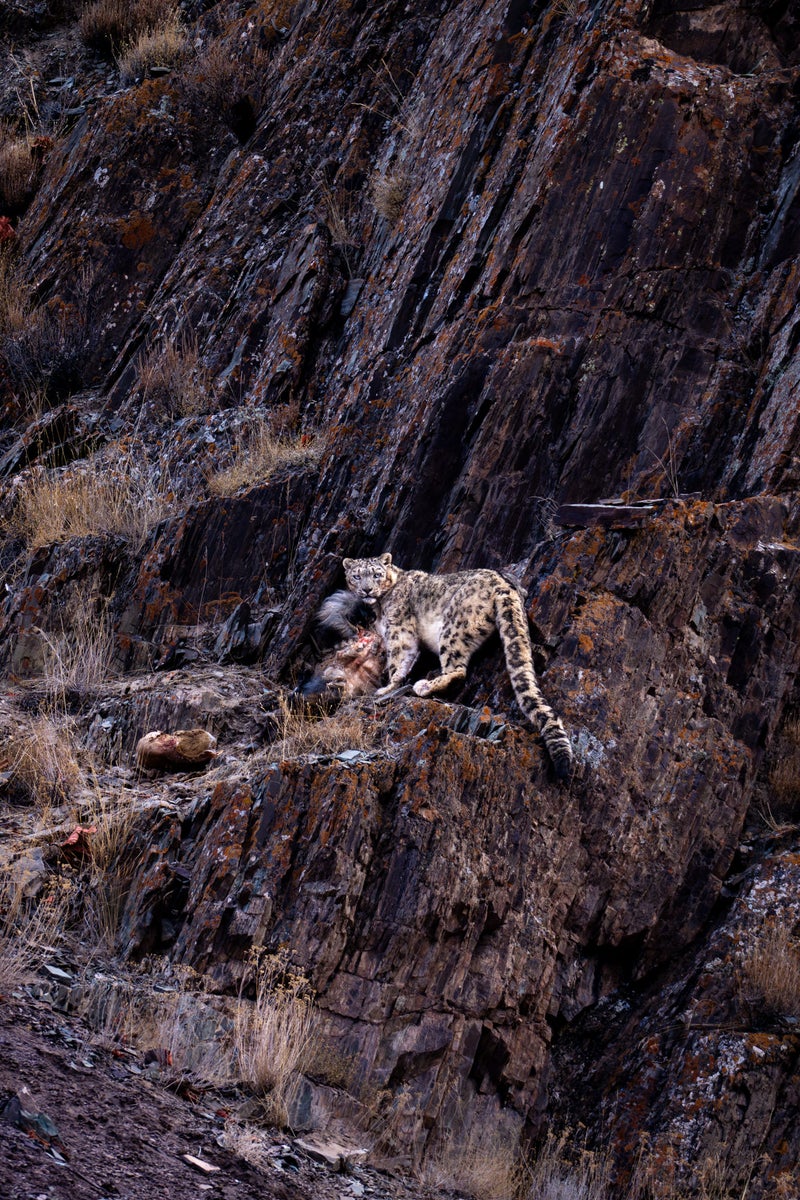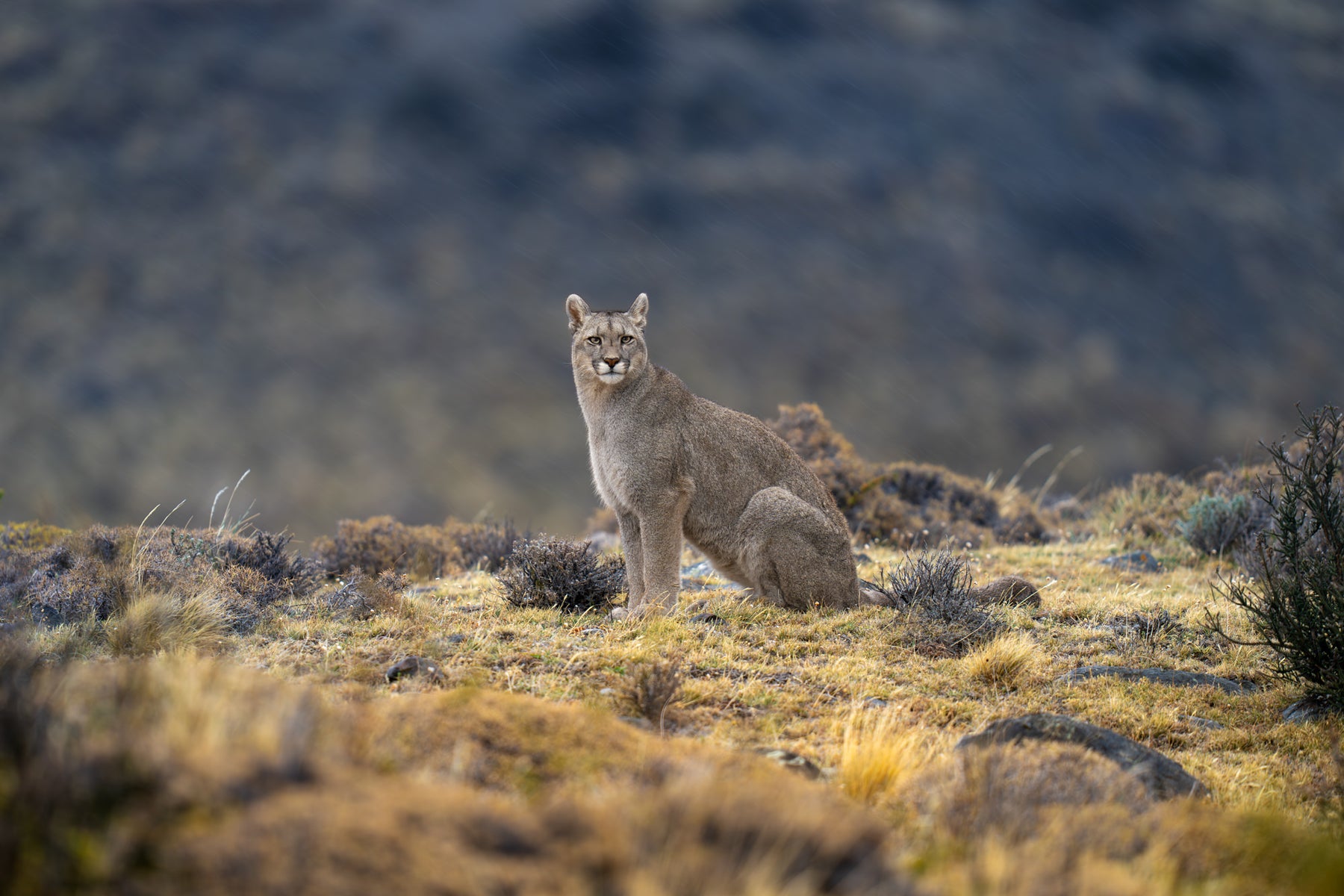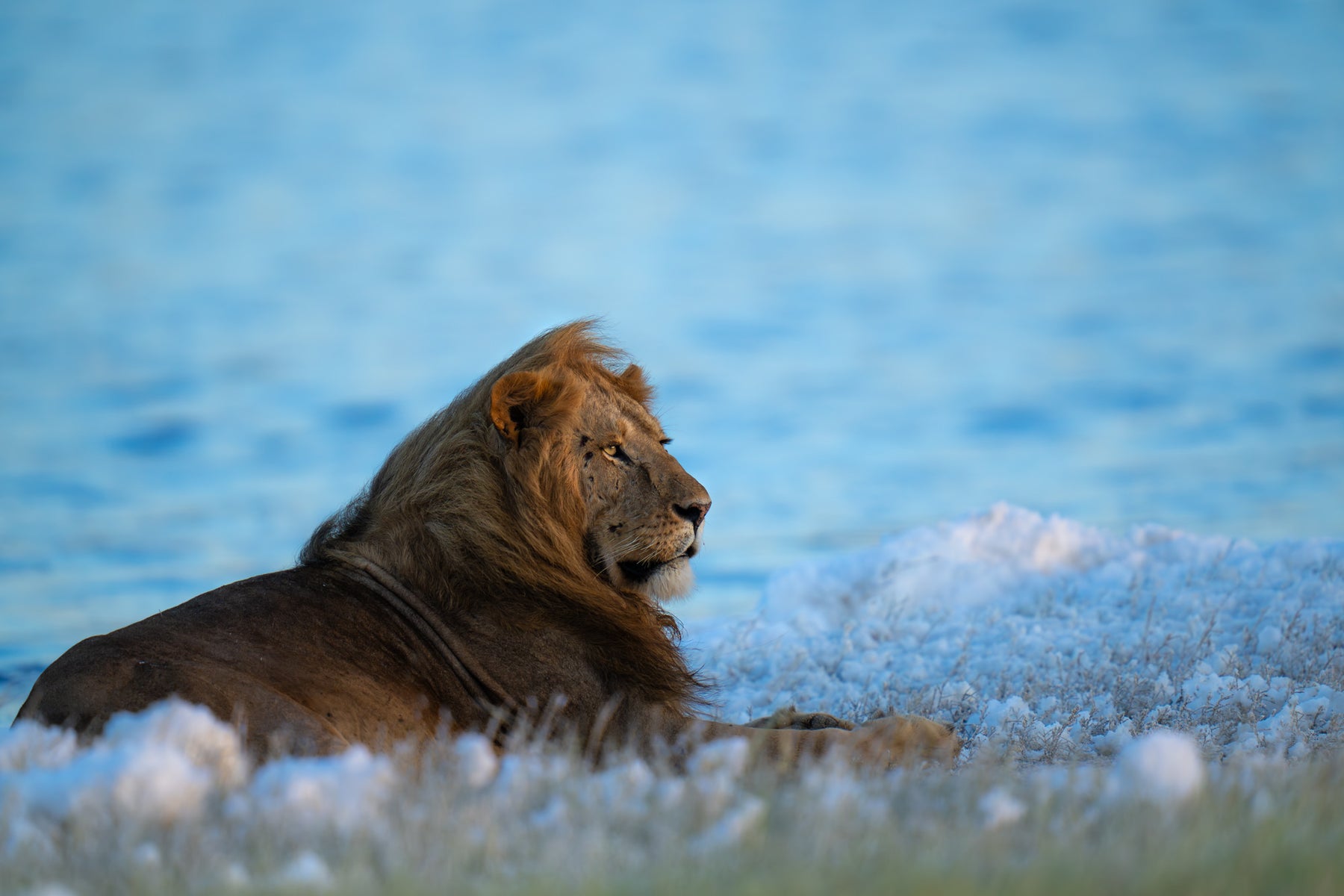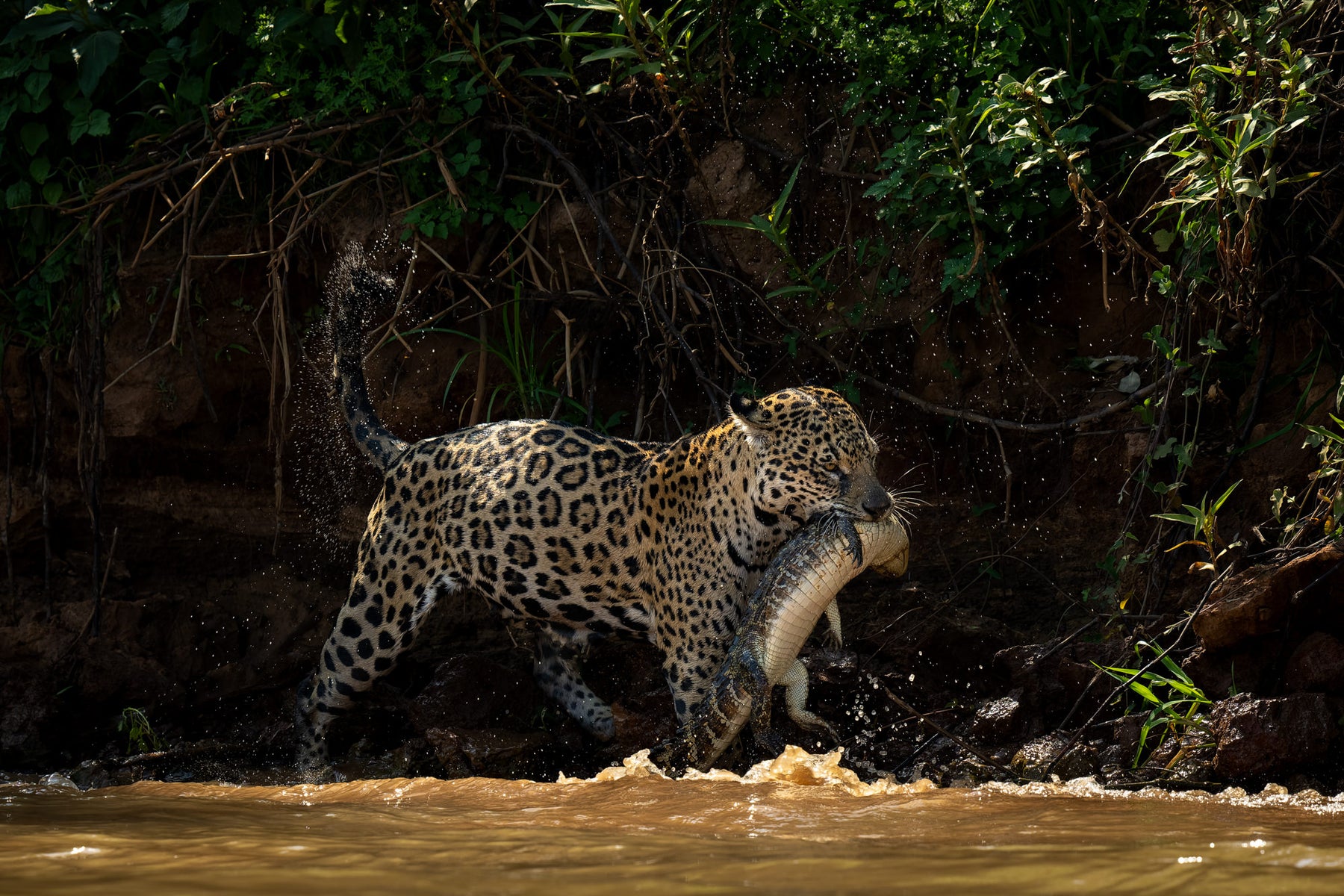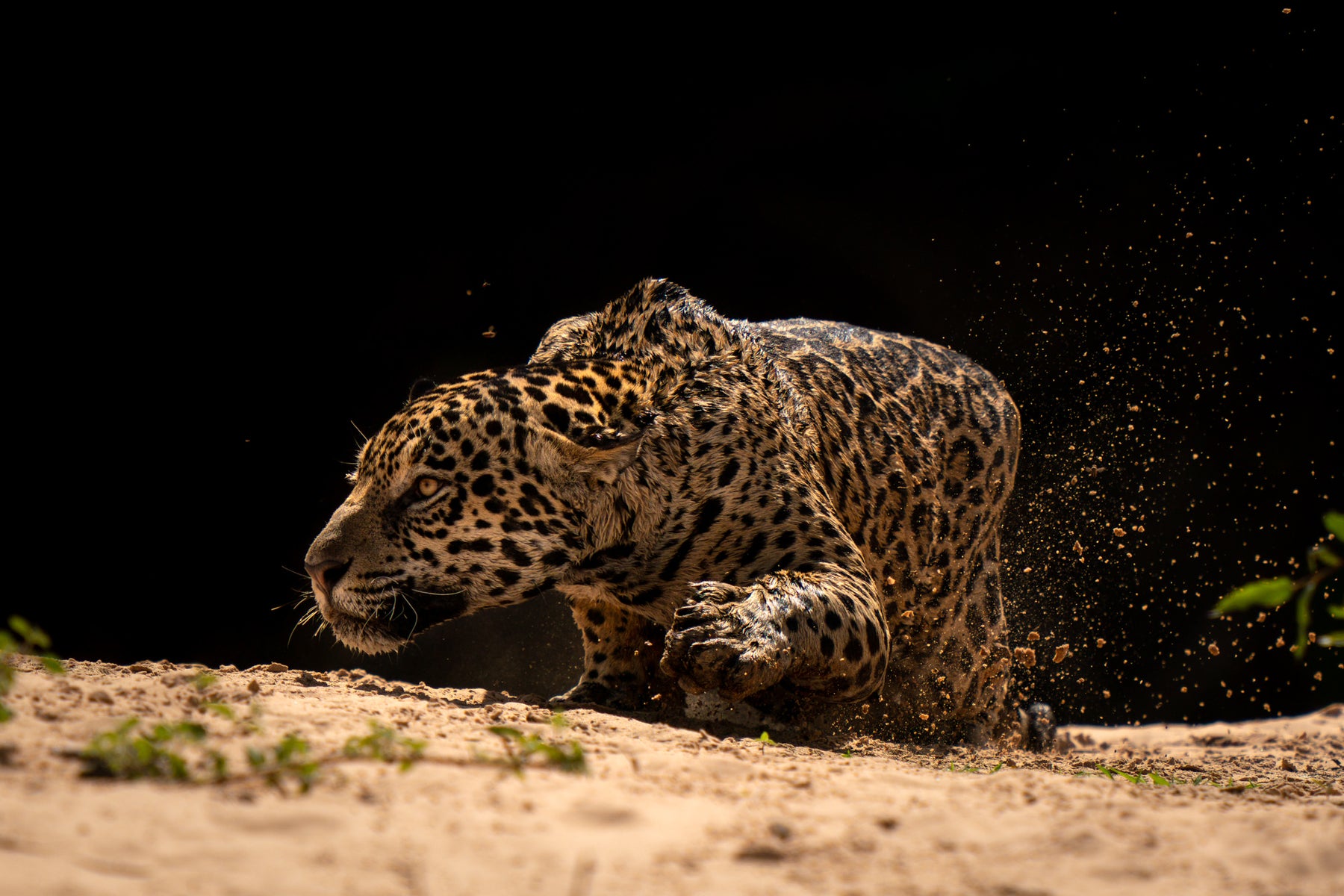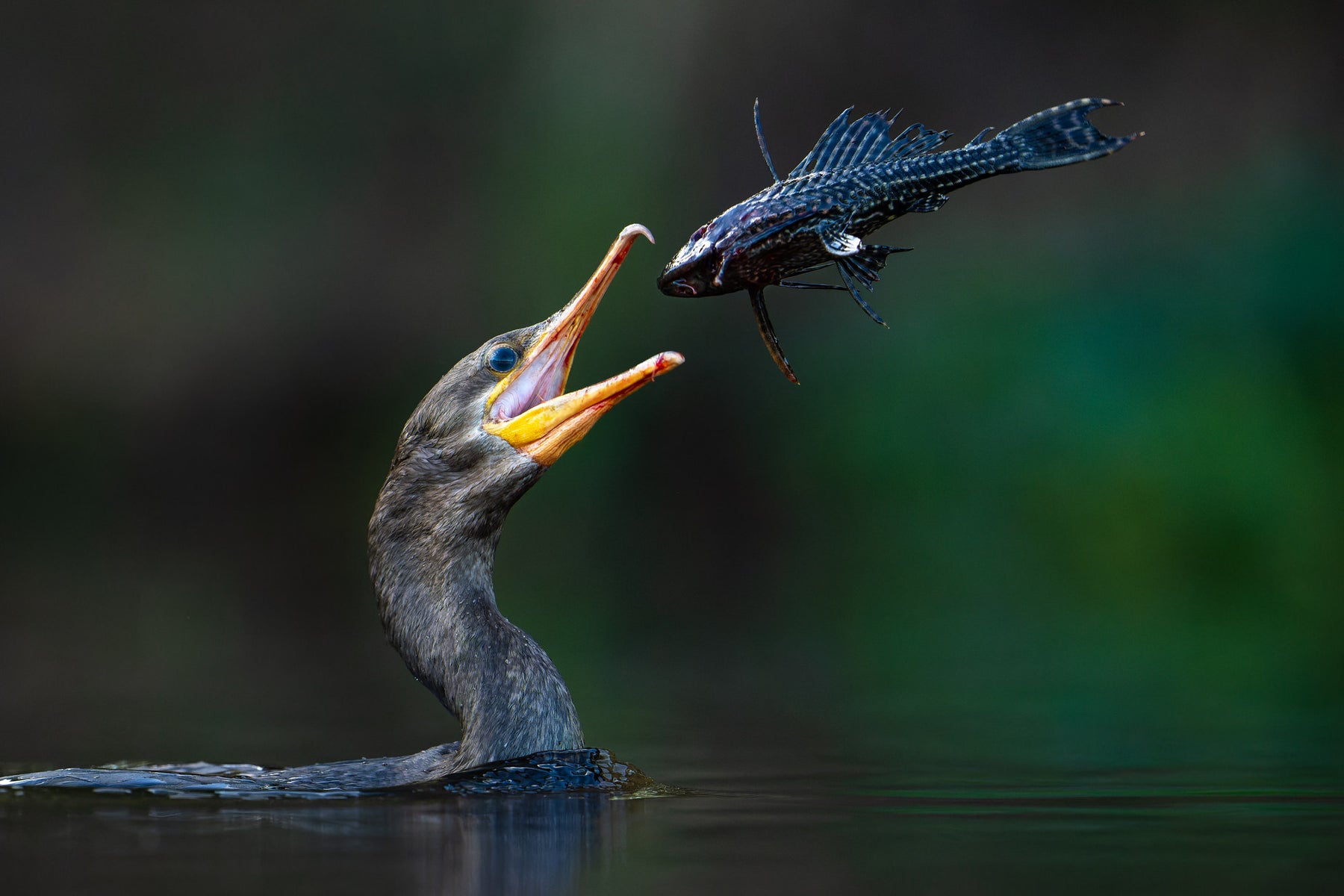Marlon Du Toit (@marlondutoit) is a professional wildlife photographer and safari guide who is based in Johannesburg, South Africa. He owns a safari company called Tanda Afrika and hosts guests from around the world on incredible safaris and expeditions. Du Toit started taking a keen interest in wildlife photography in 2008, and since then he has he has refined his skills as well as his gear. "I always try to keep things simple, effective and efficient. This is important. The more options one has, I think, the slower you become. On most of the adventures I go out on, I take two camera bodies, and three to four different lenses. That’s it. This allows me to be decisive, and gets me the shot I am after.” To keep it simple in the field, Du Toit maintains a powerful collection of Sony Alpha camera bodies and Sony lenses at his home base. He's selective about which elements he packs for his adventures based on what he expects to see. We caught up with Du Toit to learn more about the variety of gear he uses for his wildlife photography and safari adventures. “I'm sharing the bulk of my camera setup with you, to showcase some of the gear I need to use in places like the Himalayas, Costa Rica and Patagonia. For the most part though, I try to keep it simple, and effective.” Keep reading as he shares what’s in his bag.
Product Preview – In This Article You'll Find:
–Sony Alpha 1
–Sony Alpha 9 III
–Sony 400mm f/2.8 G Master
–Sony 600mm f/4 G Master
–Sony 300mm f/2.8 G Master
–Sony 70-200mm f/2.8 G Master II
–Sony 16-35mm f/2.8 G Master II
–Sony 90mm f/2.8 Macro G
–Sony 135mm f/1.8 G Master
–Sony 1.4x Teleconverter
–Sony 2x Teleconverter
–Sony ECM-B1M Microphone
–Sony TOUGH Memory Cards
We caught up with Du Toit to learn more about the variety of gear he uses for his wildlife photography and safari adventures. “I'm sharing the bulk of my camera setup with you, to showcase some of the gear I need to use in places like the Himalayas, Costa Rica and Patagonia. For the most part though, I try to keep it simple, and effective.” Keep reading as he shares what’s in his bag.

Cameras
Sony Alpha 1: I’ve been using the Sony Alpha 1 since it launched. It’s an incredible camera and leaves me wanting for very little. I am a keen videographer too, and the Sony Alpha 1 just excels in this regard. It’s also got a fast enough frame rate, the resolution is great, and the dynamic range exceptional. I love this camera and still see it as being relevant! As a pro safari guide I see many guests with other cameras and to this day, the Sony Alpha 1 just delivers so consistently. When you’re after those fleeting moments, this is the camera you want in hand to get them!
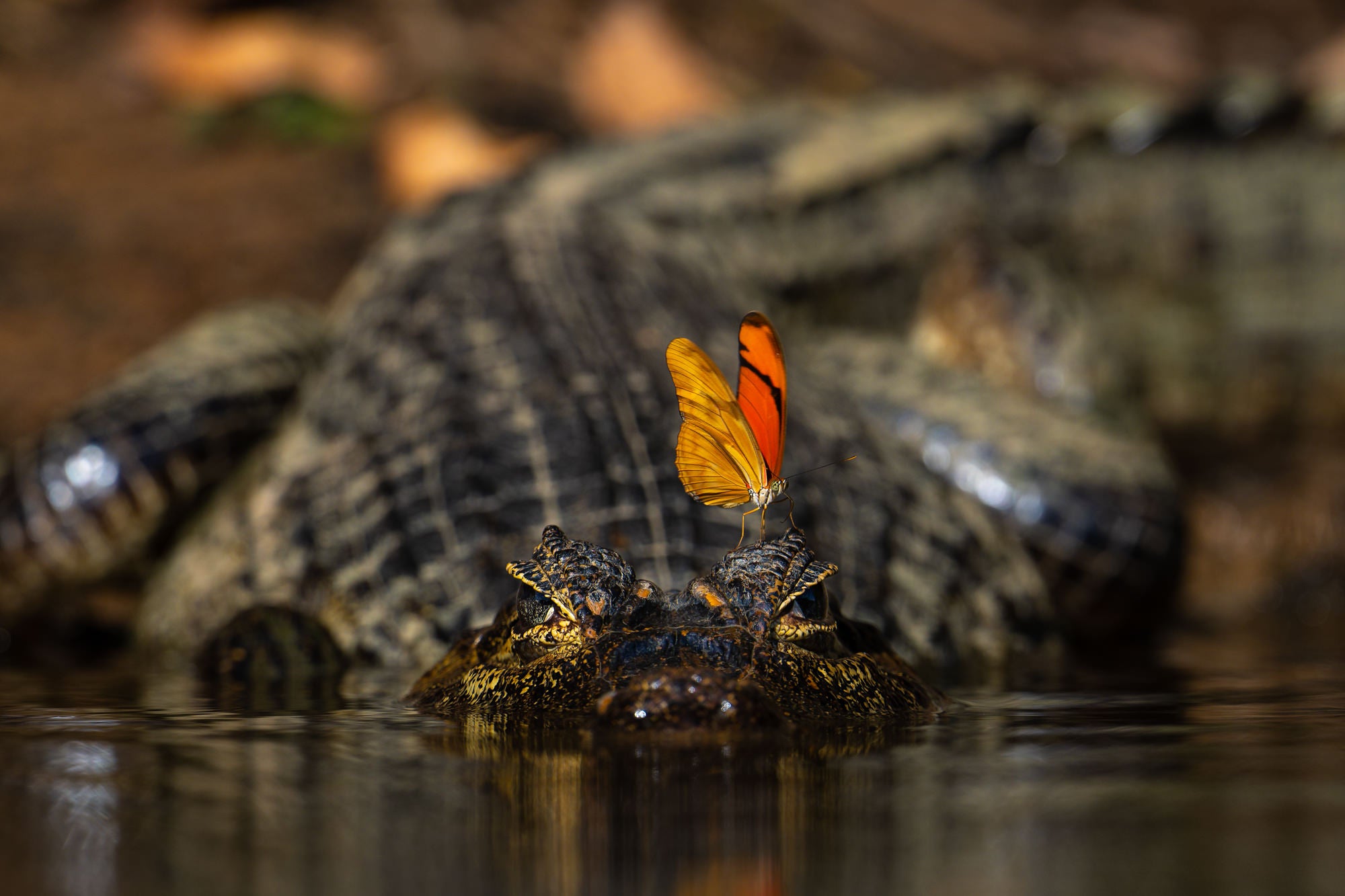
“I’ve been after this shot for a long time. You gotta be patient, and lucky. Photo by Marlon Du Toit. Sony Alpha 1. Sony 600mm f/4 G Master + Sony 1.4x Teleconverter. 1/1600-sec., f/6.3, ISO 320
Sony Alpha 9 III: I am about to receive my Alpha 9 III. This camera, as we know, is a game changer. It’s incredibly fast making it perfect for any and all action shots. I’ve not had it in hand yet, and have not used it. But, for all I can see, this is the camera to beat! It’s also important to note that I will keep one of my Alpha 1’s, alongside this beast. The dynamic range and resolution of the Alpha 1 still makes it relevant for me.
Lenses
Sony 400mm f/2.8 G Master: For the most part I use my Sony 400mm f/2.8 GM. It is a versatile lens, always good to go, and will just about always get you what you are after. I love that I can use it in low light too. This is important as in many places I visit, the predators are most active at dusk, dawn or in the evening after dark. The 400mm is a beast for this and works so well. It’s also a lens that can get great portraits of wildlife, and at the same time, allow me a little room for the surrounding environment. This is key for me and suits my style of photography very well. This is no doubt my go-to lens for wildlife photography.
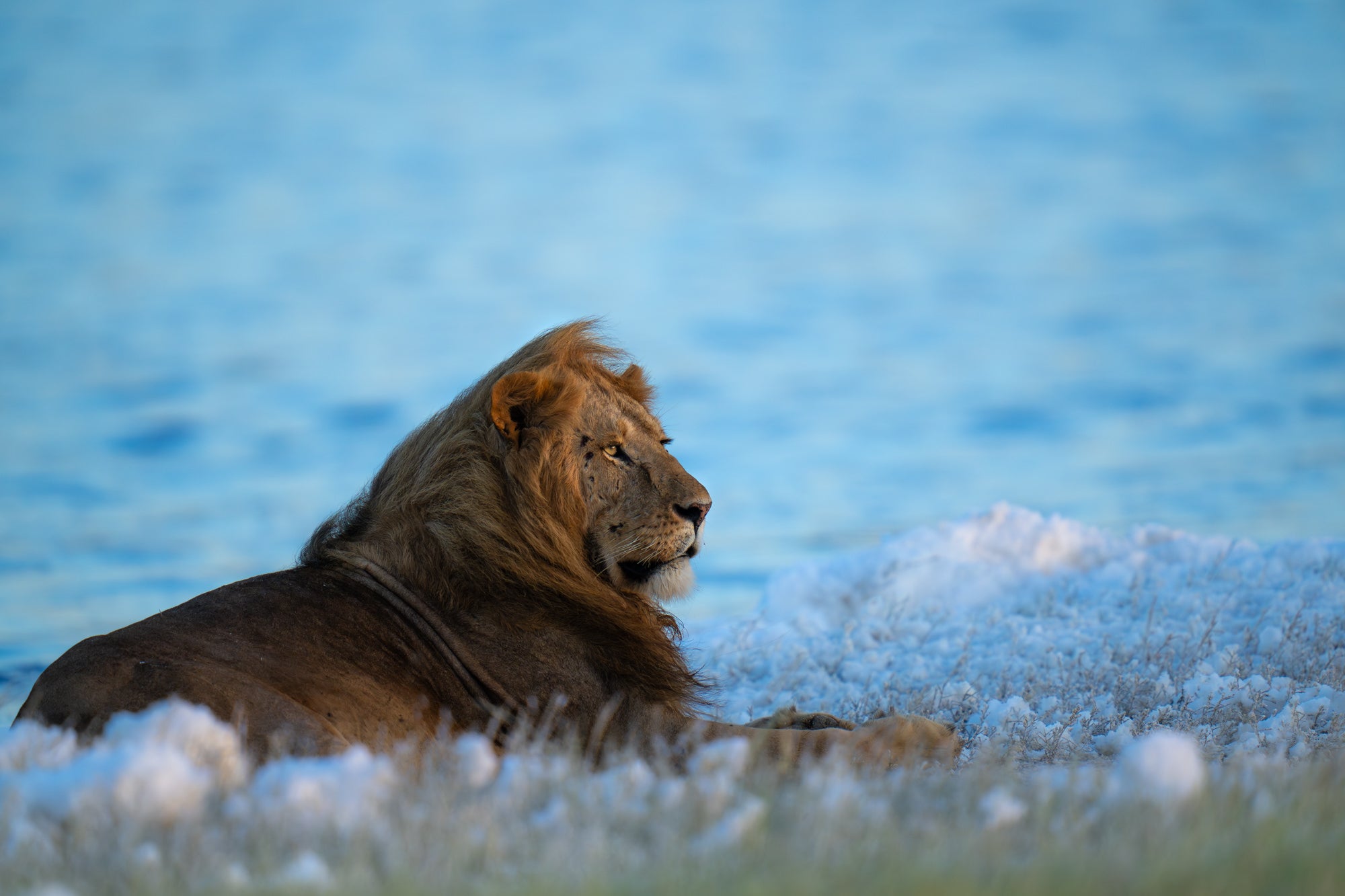
“One of the most beautiful settings I’ve ever seen, a lion looking like it was lying in snow. It was foam from the lake, disturbed by strong winds. What a scene it was!” Photo by Marlon Du Toit. Sony Alpha 1. Sony 400mm f/2.8 G Master + 2x Teleconverter. 1/500-sec., f/5.6, ISO 1000
Sony 600mm f/4 G Master: There’s a handful of places where I’ll always take my 600mm f/4 GM. Places such as East Africa, the Himalayas, the Pantanal. These are great spots for longer lenses and the 600 works so well here. It’s extremely sharp and pairs very well with the two teleconverters. If I am after tight portraits, or birds up close and personal, then this is the lens for the job. At times, I may even take it with alongside the 400mm. It’s a lot of gear to carry, but in destinations like the Pantanal and Costa Rica, it sure helps to have access to both of these lenses at the same time! The 600mm for me is an epic lens, and I love using it!
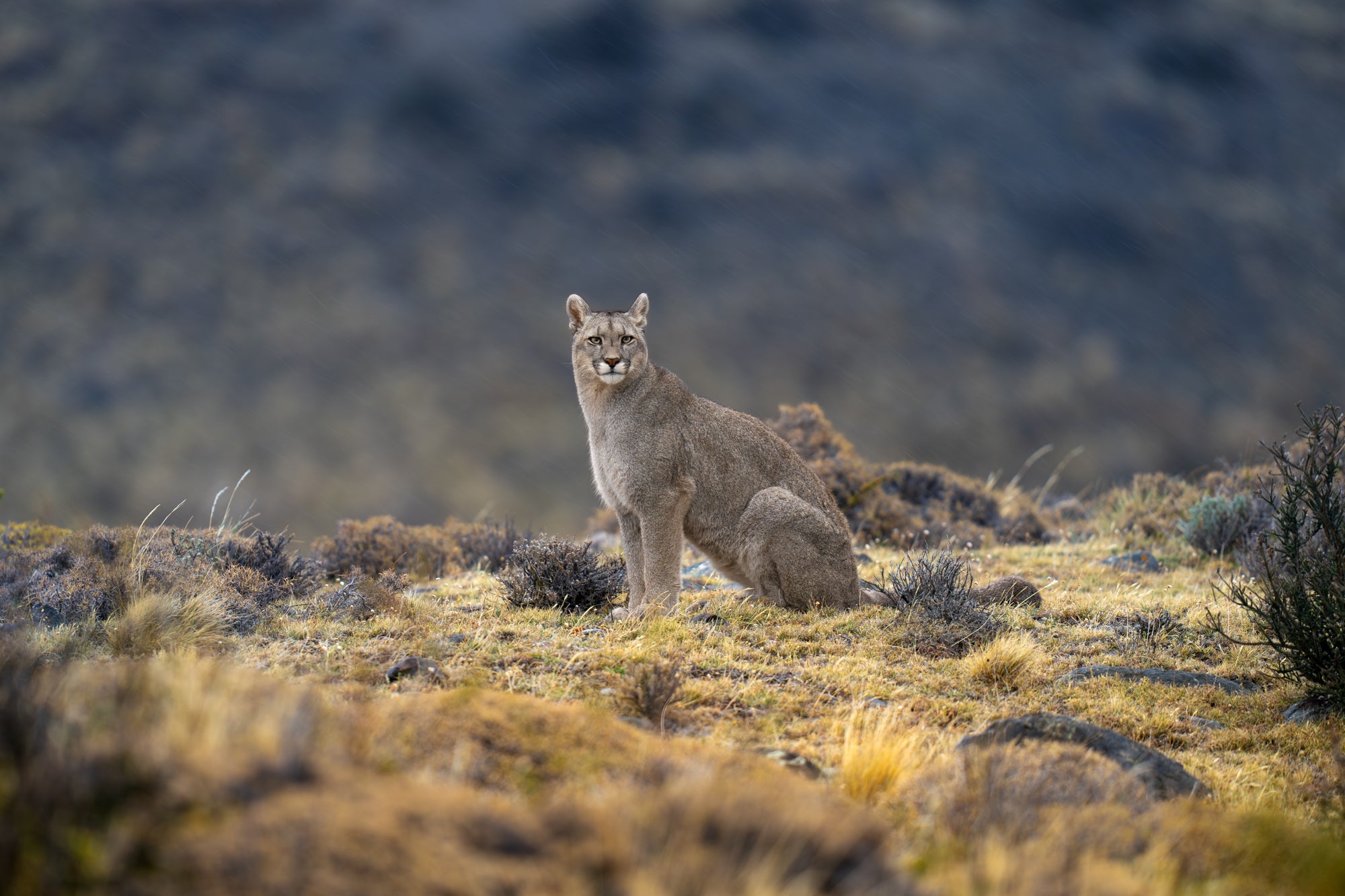
“A puma in Patagonia. It was gently raining on this day, so I slowed the shutter speed down to showcase the rain as it fell” Photo by Marlon Du Toit. Sony Alpha 1. Sony 400mm f/2.8 G Master. 1/100-sec., f/2.8, ISO 100
Sony 300mm f/2.8 G Master: Then, I have the Sony 300mm f/2.8 GM on the way. It’s a lens I’ll use mostly in Southern Africa. In countries like South Africa, Botswana and Zimbabwe, one can follow animals offroad, which means you are always in close proximity to them. The 300mm f/2.8 GM is fantastic in terms of range for this. It is also extremely sharp on both teleconverters, and that makes this lens an absolute gem! It’s a lens that did not excite me all that much when it launched, but having had it in hand, I was blown away by how small it was, how light it was, and just how epic the photo quality was.
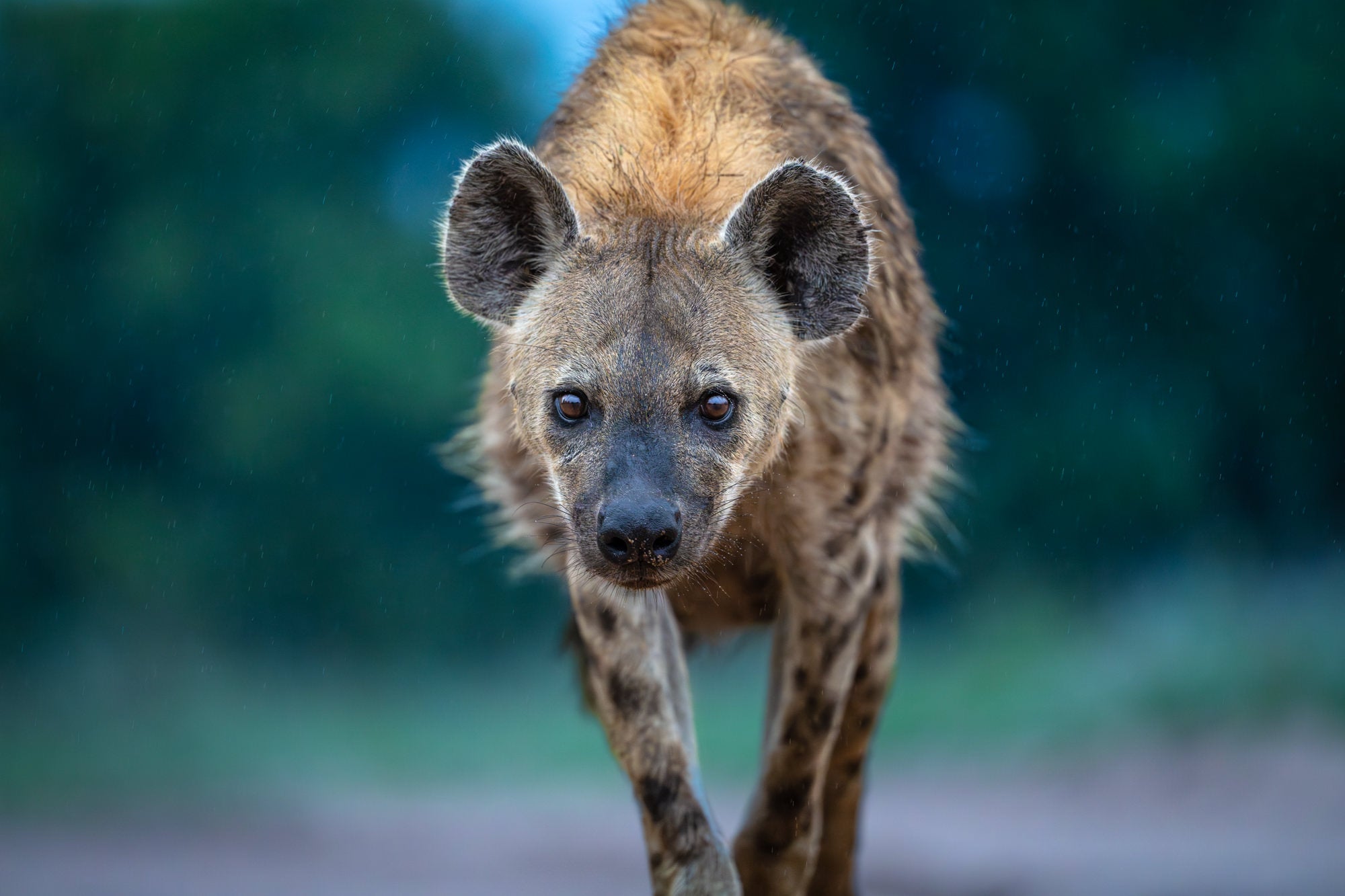
Photo by Marlon Du Toit. Sony Alpha 1. Sony 300mm f/2.8 G Master. 1/400-sec., f/2.8, ISO 5000
Sony 70-200mm f/2.8 G Master II: This lens never leaves my bag, and will travel with me regardless of where I choose to go. It’s a real workhorse and suits my wildlife photographic style well. I love to capture animals within their environments. This is important as it tells a great story, and anchors the image, gives it a sense of place. The 70-200 is great at this! It’s also a lovely lens for video, something I tend to do more of these days than ever before. This lens is also great in low light conditions. I often find myself searching for extra light as the places I visit produce great sightings in low light, such as predators at dusk or dawn. This lens performs beautifully then!
Sony 16-35mm f/2.8 G Master II: I kind of always bring this lens along. In the past, I’ve also traveled with the 24-70mm, a lens I love and also own, but the 16-35mm is just such a great focal length and is on the money when I need it. It’s by far the least used lens in my bag, but boy, when I reach for it, I know that something good is on the way! It’s also a great lens for star photography. Simply can’t go wrong! In terms of wide angle lenses, this one is the most versatile in my opinion.
Sony 1.4x Teleconverter & Sony 2x Teleconverter: I always travel with these teleconverters. This is especially important when you shoot on fixed telephoto lenses. You’ll often face a situation where you wished you had just a little more reach. This is where the two teleconverters come in handy. They don’t take up a lot of space, very easy to throw them into the bag, allowing you to get the best shot when you most need it.
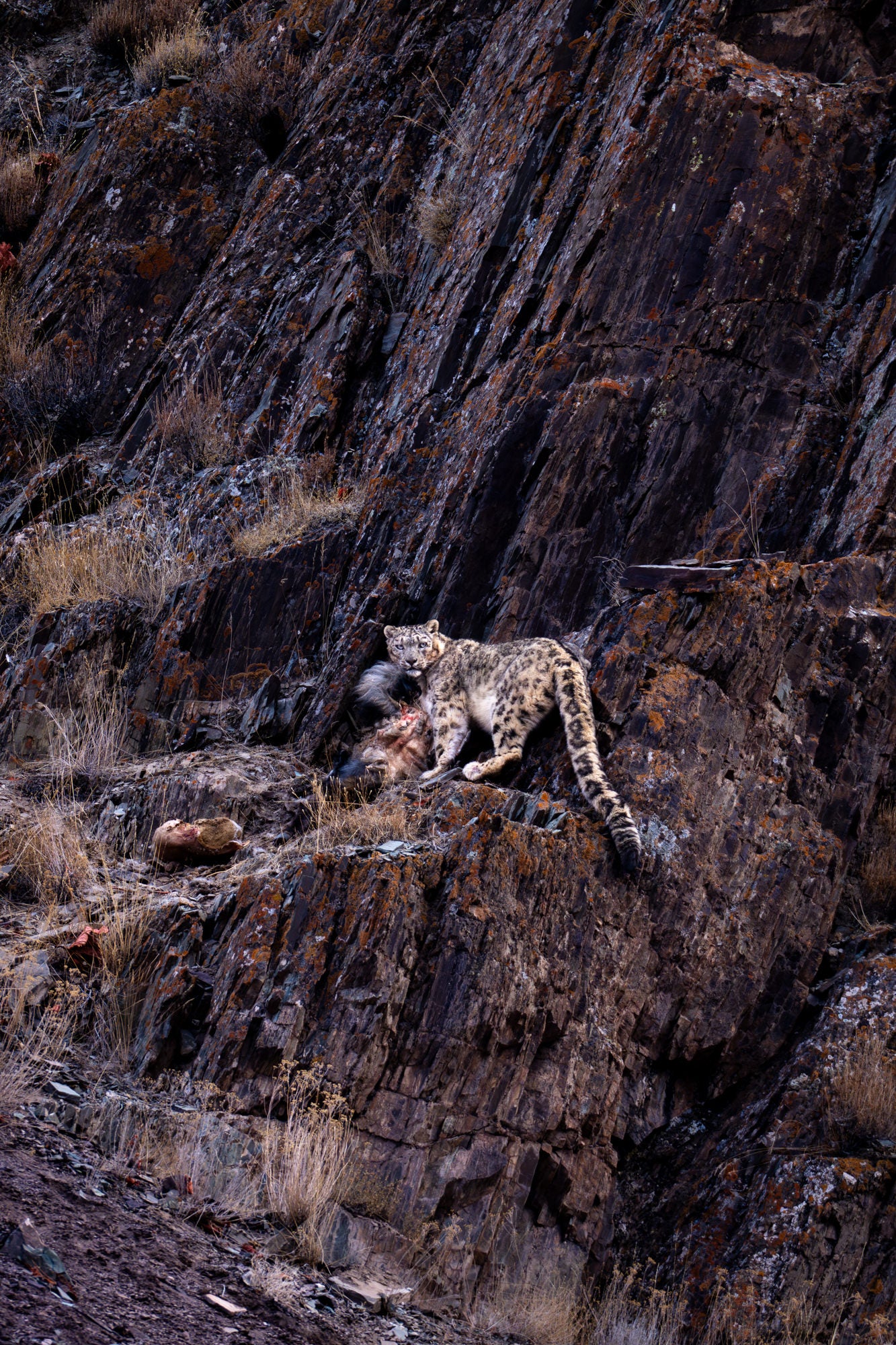
“I love that this leopard walked right up to me. I lay down on the ground and I am sure it got the hyena curious!” Photo by Marlon Du Toit. Sony Alpha 1. Sony 300mm f/2.8 G Master. 1/400-sec., f/2.8, ISO 5000
Alternative Lens Options:
Sony 90mm f/2.8 Macro G: This is a niche lens that I use in places like Costa Rica. I am warming to the lens, and wish I could take it with me to more destinations. There’s always a little critter that’s interesting and worth photographing, but another lens in the bag makes things more challenging. I do however love this lens and it produces amazing photos!
Sony 135mm f/1.8 G Master: This is a lens I love and wish I could have with me more often, for wildlife. It’s not a typical wildlife lens, I know. But, when it works, it works well. The bokeh it’s able to produce really allows your subject to stand out from the background. It’s incredible. I will also be taking this lens with me into the forests of Costa Rica, to photograph some of the smaller creatures. It has a minimum focus distance of 70cm, not too bad at all.
Accessories
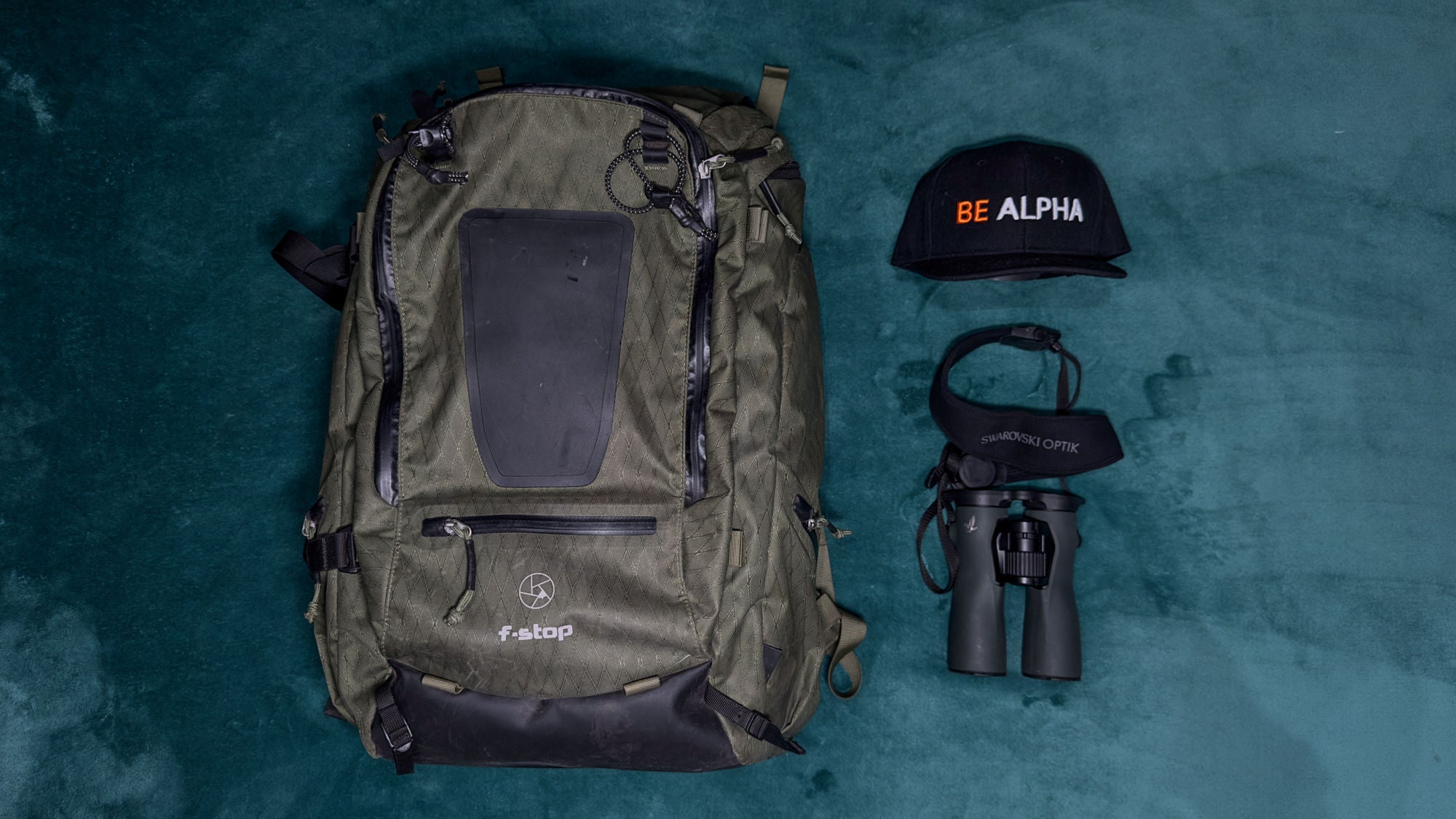
f-stop Tilopa 50l Camera Bag: This bag is simply incredible. I’’ve used the Tilopa for about 6 years now, maybe even more. It’s never let me down and the latest version, made of a new strong material, is pretty much rip-proof, and also repels rain very well. I don’t even need to take a rain cover with me, the bag is very good just on its own. It also packs a ton of gear, everything I need for every expedition fits into this bag, up to the 600mm lens.
XL Pro ICU: I pad the bag with the XL Pro ICU from fstop, It’s a clever system worth reading more about. You can’t go wrong with this bag and setup.
Binoculars: I always pack binoculars. It’s so important when you are out in nature! I use only Swarovski Optik, and my current model is the NL Pure 10x42.
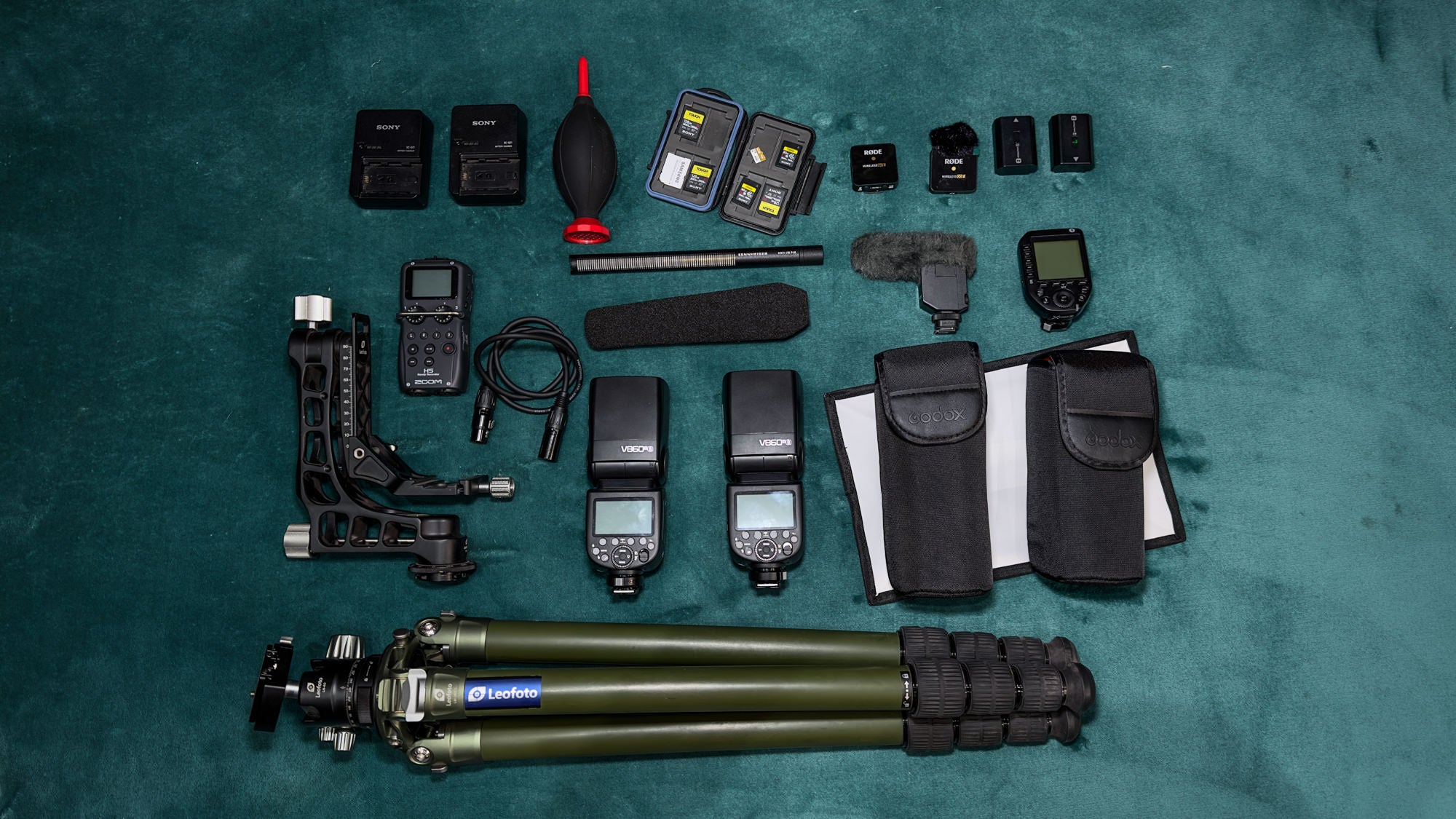
Sony ECM-B1M Microphone: This is what I usually turn to for audio. It gives me a great option to record a variety of different audio, and simply plugs into my hotshoe, no cables, and I am ready to film. It works well and records great audio quality.
Sony TOUGH Memory Cards: I use Sony’s TOUGH cards. I still have a mix of cards, but mostly use the CF Express cards, and in terms of size, the 320gb cards. I usually have 2 in each camera, plus 2 spare per camera. I suspect I may need some more cards once I take delivery of the fast-shooting Sony Alpha 9 III.
Leofoto LM-364CL Tripod: I use a tripod from Leofoto. The model is the LM-364CL(Olive) model. I find its strong enough. I’ve taken it to the Himalayas as well as Patagonia. I’ve found it to be very sturdy, and offers a good balance between rock solid steadiness and a tripod that actually still fits into your bags.
Leofoto LH 40 Ballhead: This is the ballhead I went for. I find it works well for landscape photography, anything where you’d mount a smaller lens setup.
Leofoto Gimbal PG-1: This is my gimbal head of choice. Leofoto designed this well, so that it’s still strong, but light. I have considered the Wimberley WH200 too. It’s a tough choice between the two, but thus far, the Leofoto gimbal has not let me down.
Lighting: I don’t use flashes on a regular basis. I do visit Costa Rica, and here I use a more elaborate flash setup.
Godox V860 III S Flashes & the Godox X Pro II S Trigger: To photograph little creatures like frogs, snakes, and more, I will use one or two flash units. Then, for birds such as little hummingbirds, I may use up to four flash units.
Batteries: I usually have a battery grip attached to each camera body, so that’s two batteries being used at any given time. In addition, I have two or three batteries on standby for each camera, but seldom use them as in most places I can recharge batteries on a daily basis, often twice-daily.

Panerai Watches: I am obsessed with Panerai watches and I find them to be the ultimate luxury watch for outdoors and exploration. Yes, it does not tell you altitude or air pressures, but it does look the part and becomes an extension of yourself. My favorite Panerai watch model is the Bronzo, also known as reference #pam968.
Good Sunglasses: It’s so important to wear good quality sunglasses. I travel to some extreme locations and my eyes are so important, obviously. My favourite sunglasses are made by Vuarnet and Persol.
Travel Wallet: I have a travel wallet from a company called Holdfast Gear. I’ve had it for almost 10 years, and it is still going strong. I never leave home without it!
Headphones: I use either my Sony XM’s, or my Apple Air pods. Music (and noise cancellation) is key for any airport and airplane experience!
WHOOP Band: This is a great fitness band to track my health and wellness on the go. It monitors sleep, activity, stress, and much more. It really reminds me of when to rest, and when I need to push harder. It’s just a band, and does not tell time, so it does not replace the watches you wear, which is great!
Flashlight: I travel to some dark, sketchy, dangerous places in Africa. My flashlight always goes with, no question about it! I use a strong 14000 lumen by OLight.
See more of Marlon Du Toit's work on Instagram @marlondutoit.

